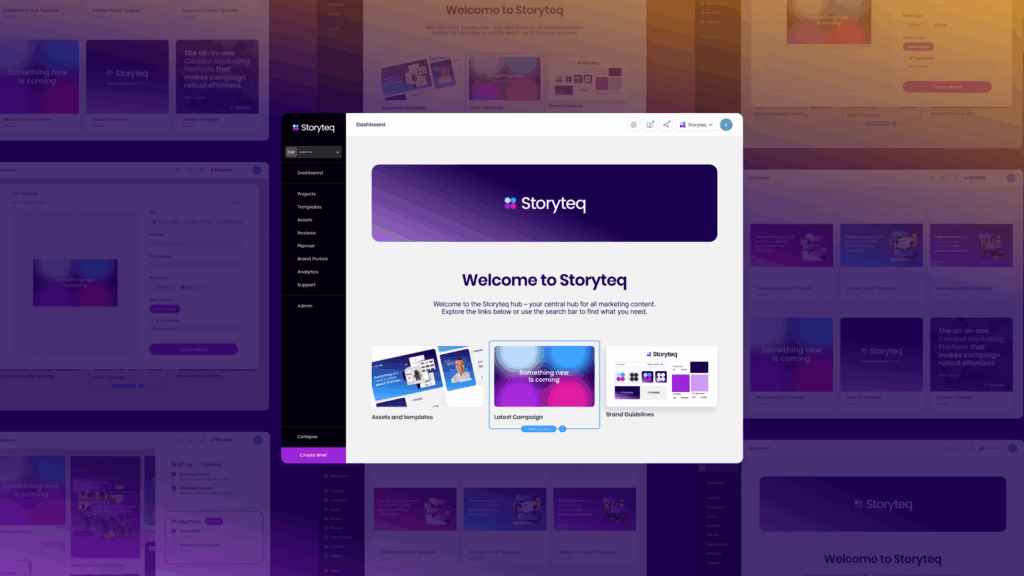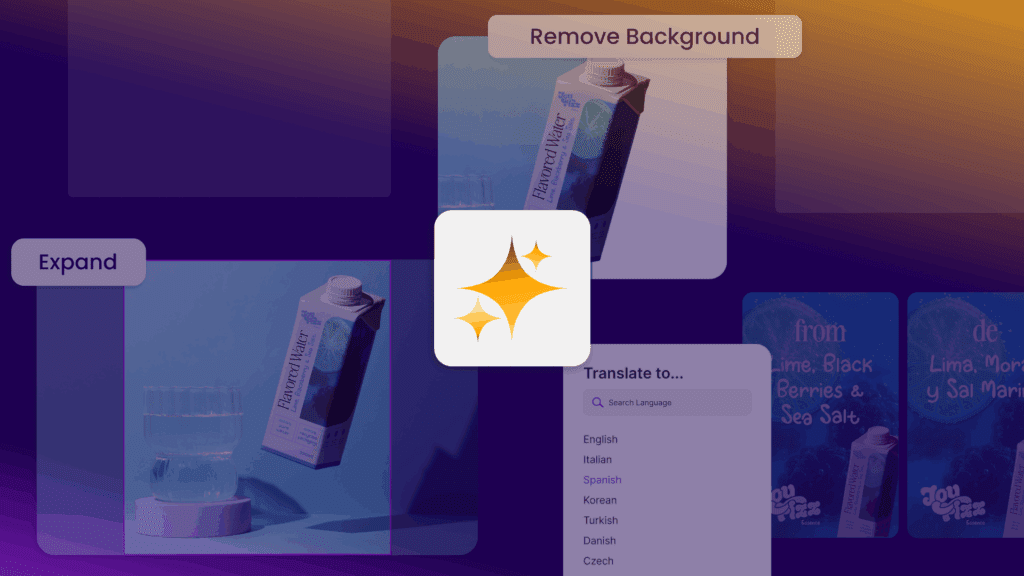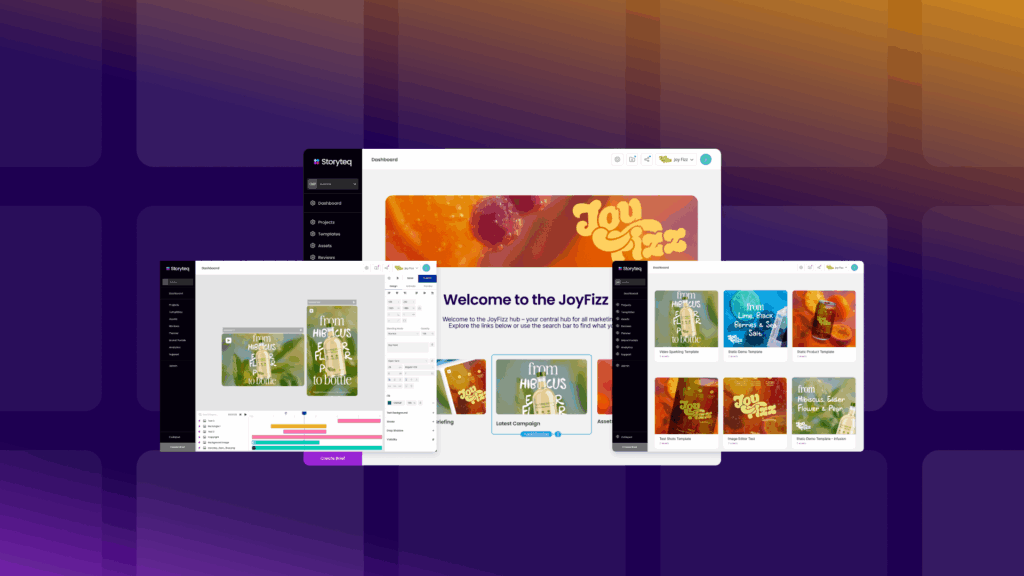Marketing automation metrics provide essential insights into your marketing efforts’ performance and impact on business goals. To effectively measure marketing automation success, you should track key performance indicators across four main categories: engagement metrics (open rates, click-through rates), conversion metrics (lead-to-customer conversion rates, ROI), customer journey metrics (lead velocity, sales cycle length), and operational efficiency metrics (time savings, resource allocation). By consistently monitoring these metrics, you can optimize your marketing automation strategy, demonstrate clear value to stakeholders, and make data-driven decisions that improve campaign results and business outcomes.
Why are marketing automation metrics important for business growth?
Marketing automation metrics are vital for business growth because they transform abstract marketing activities into measurable, actionable insights that directly impact your bottom line. By tracking the right metrics, you gain visibility into which automation strategies work, where you’re wasting resources, and how your marketing efforts contribute to revenue generation.
These metrics serve as the foundation for data-driven decision making in your marketing department. Rather than relying on intuition or assumptions, you can use concrete performance data to allocate resources to high-performing campaigns, adjust underperforming initiatives, and justify marketing investments to stakeholders. This approach leads to more efficient resource allocation and better returns on your marketing spend.
Marketing automation metrics also help you identify patterns and trends that might otherwise go unnoticed. For example, by analysing engagement rates across different customer segments, you can develop more targeted content that resonates with specific audiences. Similarly, conversion metrics help you understand which touchpoints are most effective at moving prospects through your sales funnel.
Additionally, these metrics facilitate continuous improvement of your marketing processes. By establishing benchmarks and regularly measuring performance against them, you can implement incremental optimizations that compound over time. This iterative approach to marketing automation helps you stay competitive and responsive to changing market conditions.
Finally, comprehensive metric tracking creates alignment between marketing and sales teams by establishing shared goals and success criteria. When both departments work from the same data, they can collaborate more effectively and develop integrated strategies that support overall business objectives.
What are the key engagement metrics for marketing automation?
Engagement metrics measure how effectively your automated marketing content captures and maintains audience attention. These indicators reveal whether your content resonates with recipients and prompts them to take desired actions.
Email metrics form the foundation of engagement measurement in marketing automation. Open rates indicate the percentage of recipients who viewed your email, providing insights into the effectiveness of your subject lines and sender reputation. Click-through rates (CTRs) show the proportion of email recipients who clicked on links within your messages, revealing content relevance and call-to-action effectiveness. Bounce rates and unsubscribe rates help you monitor list health and content quality.
Website interaction metrics are equally important for evaluating engagement. Page views, time on page, and bounce rates indicate how visitors interact with your site after clicking through from automated campaigns. Session duration and pages per session metrics help you understand how deeply prospects engage with your content.
| Engagement Metric | What It Measures | Why It Matters |
|---|---|---|
| Open Rate | Percentage of recipients who opened your email | Indicates subject line effectiveness and sender reputation |
| Click-Through Rate | Percentage of recipients who clicked on email links | Shows content relevance and CTA effectiveness |
| Form Completion Rate | Percentage of visitors who complete forms | Measures lead generation effectiveness |
| Social Engagement | Likes, shares, comments on automated social posts | Indicates content relevance and audience interest |
Form completion rates provide critical insights into lead generation effectiveness. By tracking how many visitors start and complete forms triggered by your automation workflows, you can identify potential friction points in your lead capture process.
Social media engagement metrics like likes, shares, comments, and click-throughs from automated social posts help you gauge content performance across different platforms. These metrics can reveal which content types and messaging approaches resonate most with your social audience.
Content interaction metrics such as download rates for automated resource delivery, video view completion rates, and interactive element usage help you understand how prospects engage with different content formats. These insights can inform your content development strategy and lead nurturing workflows.
To optimize engagement metrics, regularly analyse performance patterns, test different content approaches, and refine your automation workflows based on what your data reveals about audience preferences and behaviours.
How do conversion metrics demonstrate marketing automation ROI?
Conversion metrics directly link your marketing automation efforts to revenue generation, providing tangible evidence of return on investment. Unlike engagement metrics that show interest, conversion metrics demonstrate when prospects take meaningful actions that advance them toward becoming customers.
Lead qualification metrics are the first tier of conversion measurement. Marketing qualified leads (MQLs) show how many prospects meet your criteria for marketing readiness, while sales qualified leads (SQLs) indicate how many are deemed ready for sales engagement. The conversion rate between these stages helps you assess the effectiveness of your lead nurturing workflows and scoring models.
Opportunity creation metrics reveal how automation influences your sales pipeline. Metrics like opportunity creation rate (the percentage of SQLs that become sales opportunities) and opportunity value (the potential revenue associated with those opportunities) connect marketing activities to potential sales outcomes.
Revenue attribution metrics provide the most direct demonstration of marketing automation ROI. By tracking which automated campaigns, content pieces, and touchpoints contribute to closed deals, you can calculate precise return on investment for specific automation initiatives. Multi-touch attribution models are particularly valuable for understanding how different automation elements work together to drive conversions.
Cost efficiency metrics highlight the operational benefits of automation. Cost per lead and cost per acquisition calculations show how automation affects your customer acquisition expenses. When combined with lifetime value data, these metrics help you assess the long-term profitability of your marketing automation strategy.
To effectively demonstrate marketing automation ROI using conversion metrics:
- Establish clear conversion goals for each stage of your marketing funnel
- Implement proper tracking to connect automation touchpoints to conversion events
- Calculate both immediate returns (direct revenue) and operational savings (time and resource efficiency)
- Compare results to pre-automation benchmarks or industry standards
- Present conversion data in the context of overall business objectives
By maintaining consistent tracking of conversion metrics over time, you can build a compelling case for marketing automation’s contribution to business growth and secure continued investment in your automation capabilities. Learn more about maximizing your marketing ROI through effective automation strategies by requesting a personalized demonstration.
Which customer journey metrics should you monitor in your automation platform?
Customer journey metrics track how effectively your marketing automation platform guides prospects through each stage of their relationship with your brand. These metrics help you identify bottlenecks, optimize workflows, and create more seamless customer experiences.
Lead velocity measures the speed at which prospects move through your marketing and sales funnel. By tracking how quickly leads progress from initial engagement to qualification, opportunity, and closed deal, you can identify sticking points in your customer journey. Segmenting lead velocity by source, campaign, or demographic provides insights into which prospect types convert more efficiently and which require additional nurturing.
Sales cycle duration metrics build on lead velocity by measuring the total time from initial contact to purchase decision. Automation platforms can help you break this down into stage-specific metrics (time in MQL status, time from SQL to opportunity, etc.) to pinpoint where deals slow down. Shortening the sales cycle through optimized automation workflows directly impacts revenue by increasing your conversion capacity.
Customer retention indicators help you assess how well your automation nurtures relationships post-purchase. Metrics like customer renewal rate, repeat purchase rate, and account expansion rate reveal the effectiveness of your automated retention campaigns. Monitoring engagement with post-purchase automated content (such as onboarding emails, usage tips, and cross-sell recommendations) provides early warning signs of potential churn.
| Customer Journey Phase | Key Metrics to Monitor | Automation Optimization Focus |
|---|---|---|
| Awareness | Traffic sources, new contact rate, content engagement | Initial lead capture and segmentation |
| Consideration | Lead scoring progression, nurture email engagement | Lead qualification and nurturing workflows |
| Decision | SQL conversion rate, sales opportunity creation | Sales enablement and deal acceleration |
| Retention | Customer satisfaction, repeat purchase rate | Onboarding and relationship management |
Multi-channel journey mapping metrics track how prospects interact with your brand across different touchpoints. By monitoring which automation-triggered content pieces prospects engage with across email, social, web, and other channels, you can develop more cohesive cross-channel experiences. Channel preference indicators help you personalize communication delivery based on individual engagement patterns.
Behavioural trigger effectiveness metrics assess how well your automated responses to specific customer behaviours drive desired outcomes. Tracking conversion rates for behaviour-triggered workflows (such as abandoned cart emails, renewal reminders, or re-engagement sequences) helps you refine these automated interventions for maximum impact.
To gain the most value from customer journey metrics, implement progressive profiling through your automation platform to build increasingly detailed prospect profiles over time. This approach allows you to create more personalized experiences while respecting user privacy preferences.
Conclusion
Measuring marketing automation success requires a thoughtful, multi-dimensional approach that encompasses engagement, conversion, and customer journey metrics. By tracking these key indicators, you can optimize your automation strategy, demonstrate clear ROI, and continually improve your marketing performance.
The most effective metric tracking combines quantitative data with qualitative insights to provide a complete picture of automation effectiveness. Regular analysis of these metrics enables you to make informed decisions about campaign adjustments, resource allocation, and strategic direction.
Remember that metric priorities should align with your specific business goals. Focus on the metrics that matter most for your organization’s growth objectives rather than tracking every possible data point. This focused approach makes your analysis more actionable and meaningful.
At Storyteq, we understand the challenges of measuring and maximizing marketing automation performance. Our creative marketing platform helps you not only automate content creation and delivery but also track the metrics that matter most for your business. We’ve designed our solutions to provide clear visibility into campaign performance and automation effectiveness.
Ready to take your marketing automation to the next level? Explore how our creative automation and content marketing platforms can help you achieve better results and measure success more effectively by requesting a personalized demonstration today.



